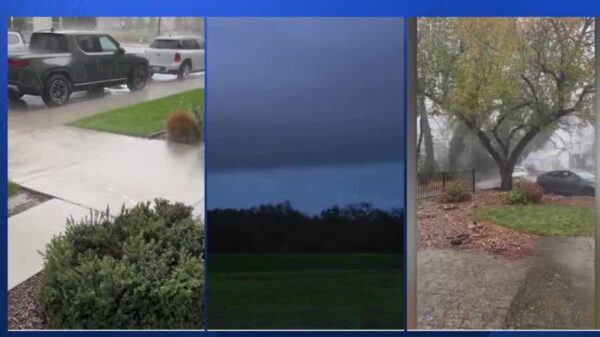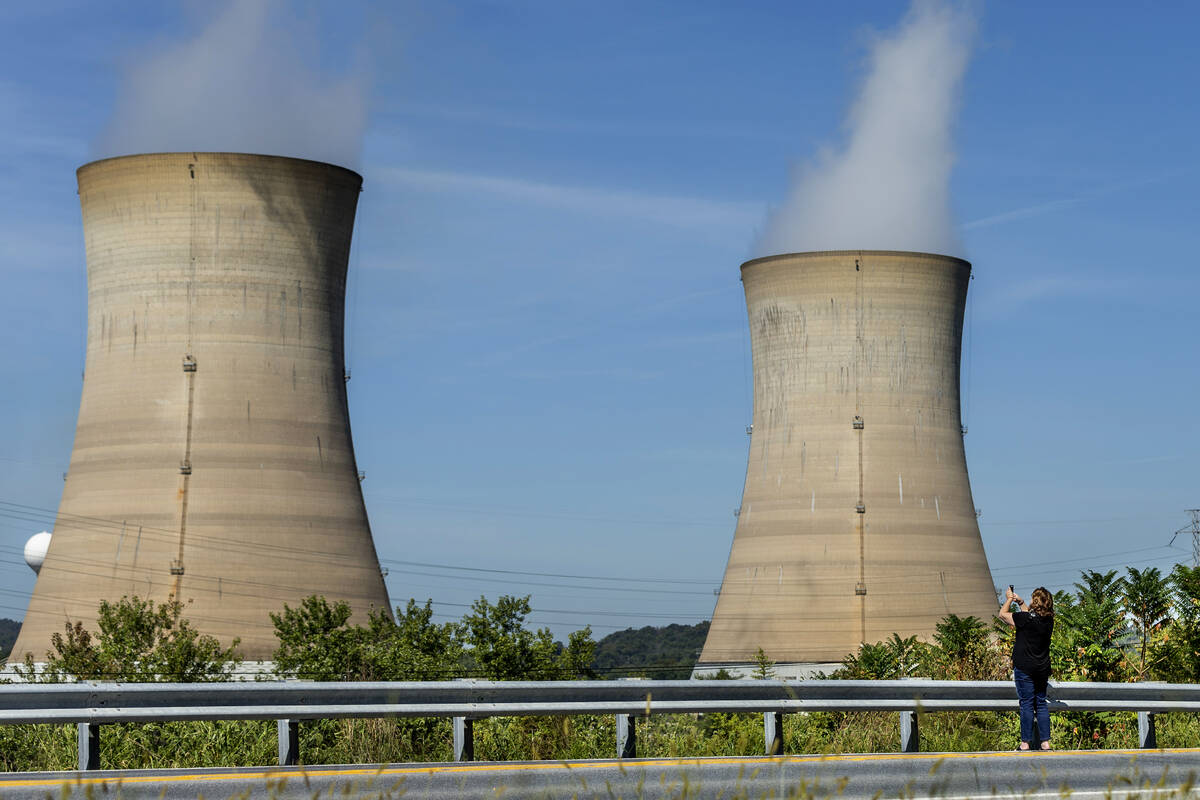The recent cancellation of the Esmeralda 7 solar project has sparked discussions about the viability of nuclear energy as a more efficient alternative. Initially reported in the October 11, 2024, edition of the Review-Journal, the Esmeralda 7 project aimed to occupy a staggering 62,300 acres to generate approximately 28 million megawatt hours of energy annually. This would equate to a maximum output of 450 megawatt hours per acre each year.
To put this into perspective, the area required for solar panels would cover more than 97 square miles. Furthermore, the solar installation would necessitate substantial backup energy sources to maintain power during non-sunny periods.
In contrast, the Vogtle 3 nuclear reactor located in Georgia provides a compelling case for nuclear energy. This reactor generated nearly 34 megawatt hours in 2024, demonstrating the potential for substantial energy output without extensive land use. The Alvin W. Vogtle electric generating plant, which includes four reactors and supporting infrastructure, occupies just over 3,000 acres along the Savannah River. This signifies a more compact solution for continuous energy generation that minimizes environmental disruption.
Looking ahead, the Vogtle 3 reactor is expected to operate for at least an additional 60 years, while the Esmeralda 7 solar system would likely require replacement in about 25 years. The longevity and efficiency of nuclear power present a practical advantage over solar energy’s intermittent nature.
Concerns regarding nuclear waste management have been addressed through decades of experience. The United States has been commercially producing nuclear energy since 1959, establishing frameworks for safely dealing with nuclear waste. Past incidents, such as the Three Mile Island accident, highlighted the safety measures in place; notably, no injuries occurred during that event. Advancements in technology have led to the design of nuclear plants that mitigate the risks associated with previous disasters, including the infamous Chernobyl meltdown.
The comparison between solar and nuclear energy raises critical questions about the future of energy production. As the world grapples with the need for sustainable energy sources, exploring nuclear power could offer a pathway to meeting growing demands while preserving the environment. The ongoing debate will likely shape energy policies and investment decisions in the years to come.







































































